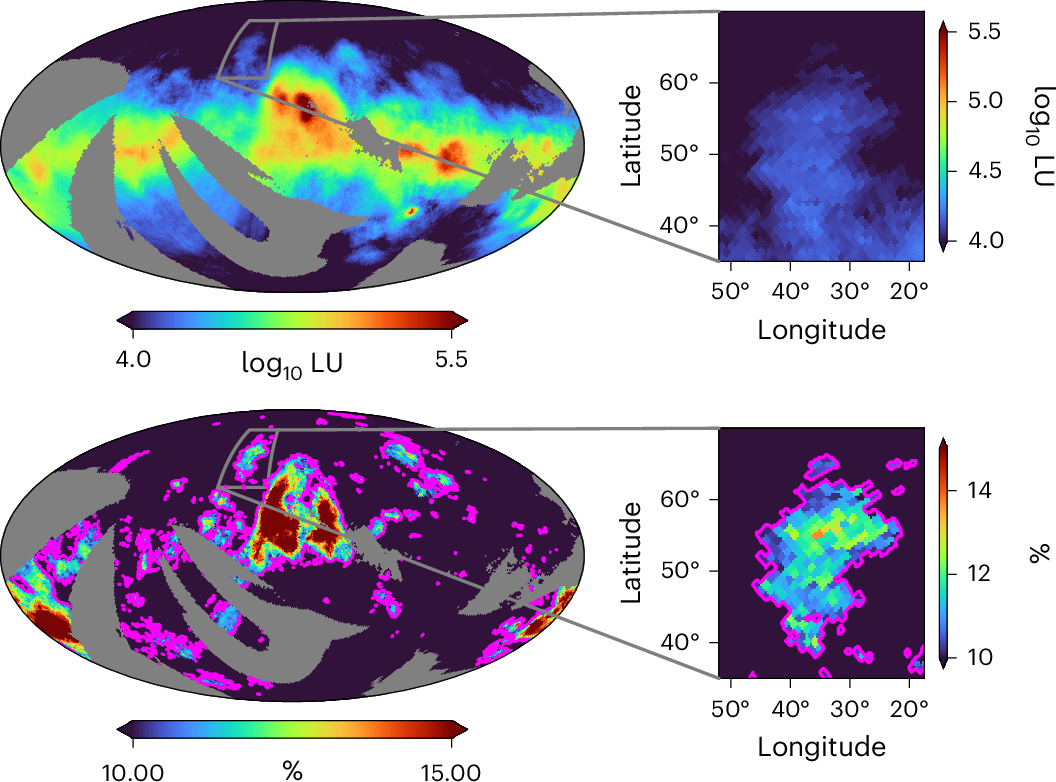2025-04-28 ワシントン州立大学 (WSU)
<関連情報>
- https://news.wsu.edu/press-release/2025/04/28/layered-semiconductor-shows-potential-for-next-gen-data-storage/
- https://pubs.aip.org/aip/adv/article/15/4/045308/3342486/Phase-transitions-of-ZnTe-en-0-5-under-hydrostatic
静水圧下におけるβ-ZnTe(en)0.5の相転移
Phase transitions of β-ZnTe(en)0.5 under hydrostatic pressure
Julianne C. Miller;Yizhou Wang;Yong Zhang;Thomas A. Schmedake;Matthew D. McCluskey
AIP Advances Published:April 04 2025
DOI:https://doi.org/10.1063/5.0266352

Organic–inorganic hybrid semiconductors have enhanced and distinctive material properties. β-ZnTe(en)0.5, which consists of alternating layers of two-monolayer-thick zinc telluride (ZnTe) and ethylenediamine (en), exhibits high crystallinity, stability, and tunable optical properties. Using x-ray diffraction (XRD) and Fourier transform infrared spectroscopy, this study investigated the structural response of β-ZnTe(en)0.5 to applied hydrostatic pressure. Pressure-induced phase transitions were observed at 2.1 and 3.3 GPa. Shifts in the XRD peaks indicate substantial anisotropy in the pressure response, with the layer stacking direction (b axis) exhibiting high compressibility. The a and b lattice parameters showed −0.55% strain/GPa and −2.26% strain/GPa, respectively, contradicting theoretical calculations that predicted a more isotropic response. IR spectroscopy revealed abrupt changes in NH2 and CH2 vibrational modes corresponding to the phase transitions.



